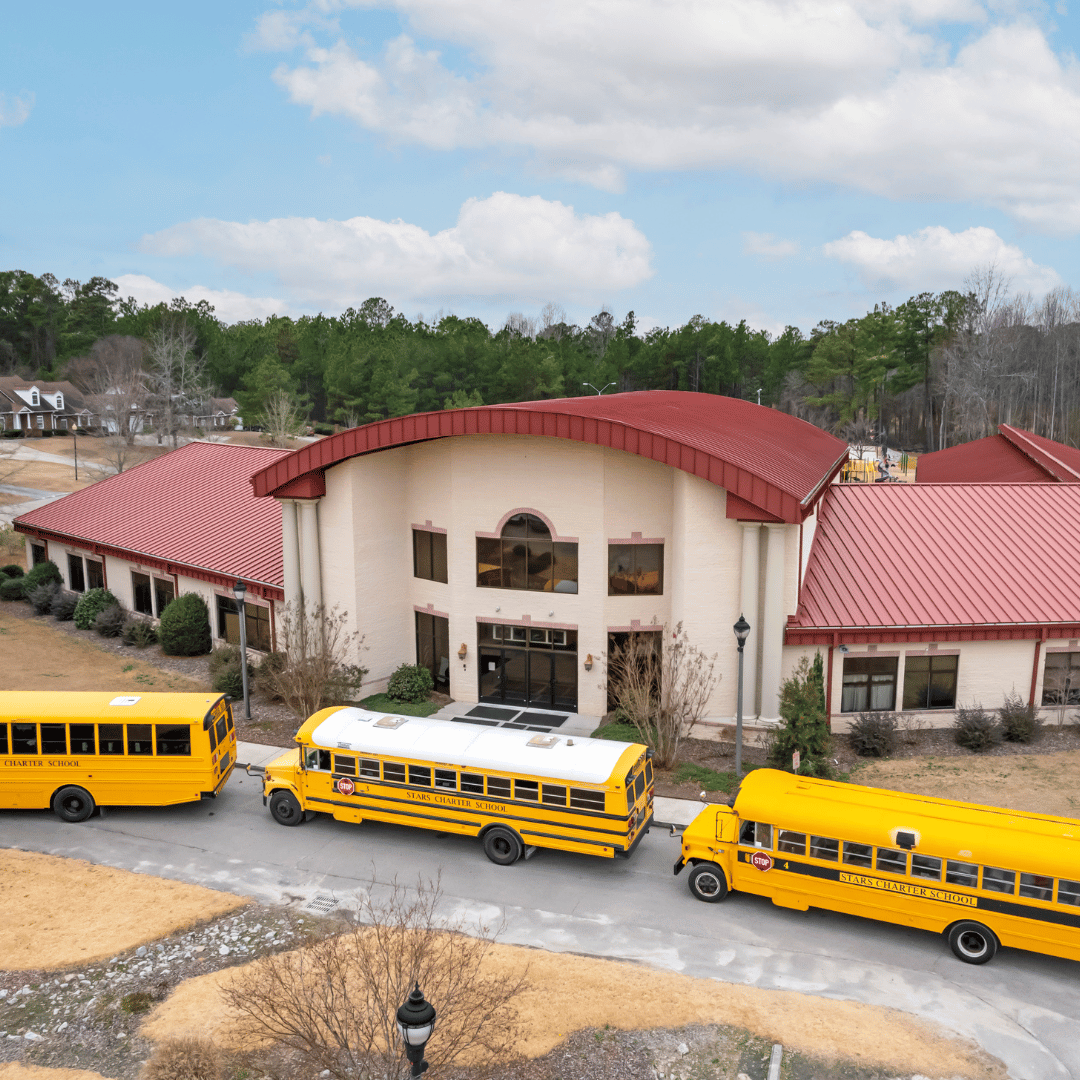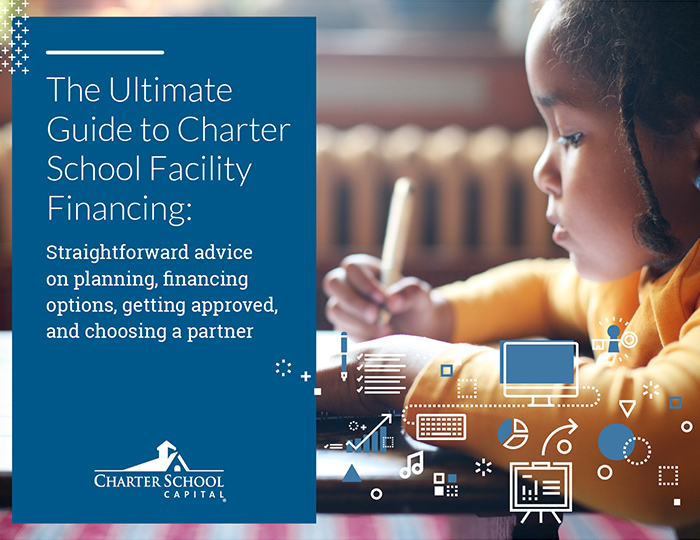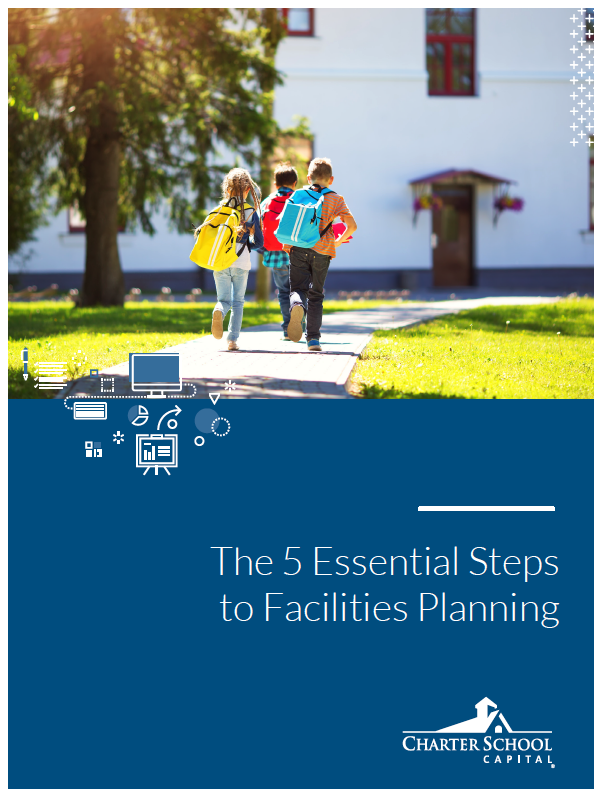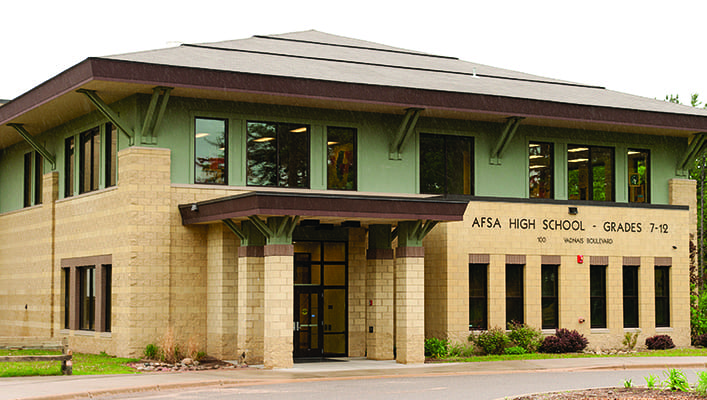Leasing a facility is a significant decision for any school, with far-reaching implications for its financial stability, operational efficiency, and long-term growth prospects. The terms negotiated in a lease agreement can shape the school’s ability to fulfill its mission, accommodate its students, and adapt to changing needs over time. That’s why it’s essential for school leaders to approach lease negotiations with diligence, foresight, and a clear understanding of their objectives.
Here’s what to keep in mind.
1. Understand Lease Terms and Responsibilities
It’s essential to gain a thorough understanding of the terms and responsibilities outlined in your agreement. From rent details to property conditions and tenant rights, ensure that every aspect of the lease is clearly defined and aligned with your school’s needs and objectives.

2. Consider the Total Cost
When evaluating lease agreements, it’s essential to look beyond the surface-level costs and consider the total cost of occupancy over the lease term. Be sure to factor in expenses such as property taxes, insurance, and maintenance costs. This will help you make informed decisions and avoid unexpected financial burdens down the road.
3. Negotiate Favorable Terms
Negotiating favorable lease terms requires a combination of preparation, communication, and negotiation skills. During negotiations, proactively identify your needs and advocate for your school’s interests. Whether it’s seeking lower rent rates, flexible lease terms, or additional tenant benefits, be assertive yet collaborative in your approach to securing favorable terms.
4. Address Legal and Regulatory Compliance
Lease agreements often involve complex legal and regulatory considerations that require careful attention and expertise. Consult legal professionals to ensure your lease agreement complies with all relevant laws and regulations.

5. Plan for Future Growth and Expansion
Lease negotiations offer an opportunity for schools to plan for future growth and expansion. Negotiate lease terms that accommodate your school’s evolving needs and aspirations—whether it’s securing options for lease renewal, expansion rights, or early termination clauses, anticipate future scenarios and negotiate terms that provide the ability to grow and expand.
Lease negotiations are a critical aspect of school facility management. With careful planning, effective communication, and strategic negotiation tactics, schools can secure lease agreements that support their mission and vision for the future.
About the Author

Featured Video
Tuesday Tips: Construction Projects and Negotiating Your Lease
In Tuesday Tips episode 34, Michael Soh and Mary Dillon joined us to discuss construction projects and lease negotiations. Hear tips from Michael Soh and Mary Dillon on how to manage your building, including how to:
Featured Article
5 Key Features of a Charter School Budget
According to an article from The Center for Education Reform, 42% of charter school closures are due to funding. It’s well known that charter schools face unique financial challenges, so it’s important to get ahead of these issues as schools grow. Making sure your school has the money to meet operational costs, pay teachers and staff […]

Free Download
Buy Your School
The Charter School Facility Financing Guide provides information about the school building marketplace, the planning process, and the four primary funding structures. You’ll come away ready to balance your school’s plans for growth with budget realities.







 FREDDY MENDOZA
FREDDY MENDOZA